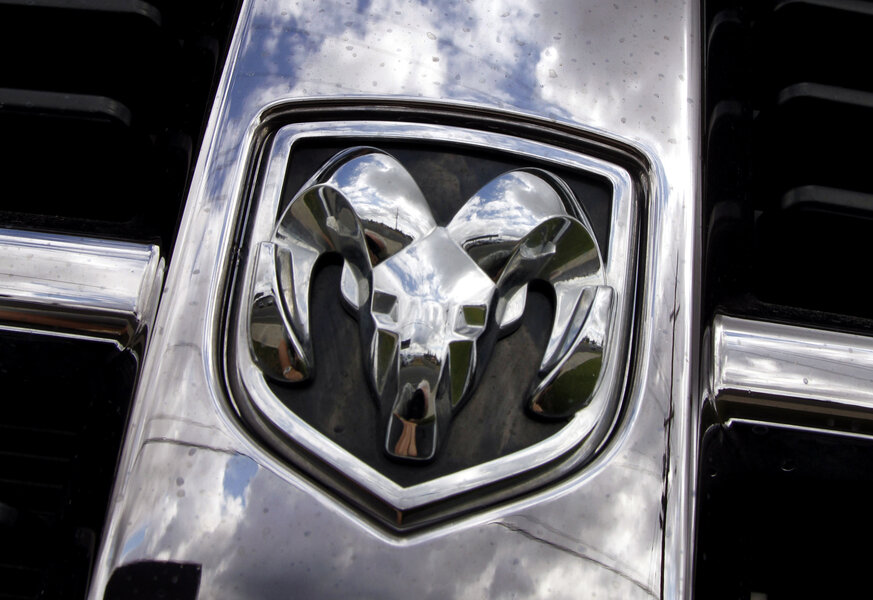Why Chrysler is being forced to buy back a half million top-selling vehicles
Loading...
Following an "unprecedented" hearing at the beginning of July, which covered Fiat's handling of 23 separate recalls, the auto manufacturer will be forced to buy back up to 500,000 of the qualifying vehicles, and pay a record-breaking $105 million in fines and penalty fees. The company will also be monitored by a third party for the next three years, according to a press release by the Department of Transportation.
“Today’s action holds Fiat Chrysler accountable for its past failures, pushes them to get unsafe vehicles repaired or off the roads and takes concrete steps to keep Americans safer going forward,” said US Transportation Secretary Anthony Foxx in a press release. “This civil penalty puts manufacturers on notice that the Department will act when they do not take their obligations to repair safety defects seriously.”
The penalties result from Fiat's failure to provide effective and timely recall remedies, and failure to notify vehicle owners and dealers, and the National Highway Traffic Safety Administration (NHTSA) about issues with the cars. That means the $10 billion company will shell out $70 million in cash to the NHTSA, in addition to the $20 million for “industry and consumer outreach activities.” Additionally, if Fiat fails to comply with the terms of the federal order, it will have to pay another $15 million, according to a Fiat Chrysler Automobiles press release.
What’s wrong with the cars?
Drivers have complained about defective steering wheels that lead drivers to lose control of their Ram pickups. Furthermore, older Jeeps have fuel tanks behind the rear axle of the vehicle, which has caused gasoline fires if involved in a rear crash, according to CBS Chicago. The “deadly fires” caused by these Jeeps have led to the deaths of at least at least 75 people.
What cars are included in the recall?
The cars which are impacted the most include, “2008 through 2012 chassis cab, 2009 through 2011 light duty, and 2008 through 2012 heavy duty Ram Trucks” according to a Fiat press release.
Buyback vs. recall: What’s the difference?
The forced buyback indicates that the Department of Transportation is taking a stronger stance for consumer safety, though perhaps overdue after Fiat has been involved in 23 safety recalls that collectively impacted 11 million vehicles, according to NPR.
Safety recalls are either voluntarily or mandated, and occur when a problem can be remedied across the cars of a specific make or model. After a safety recall has been issued, owners of the vehicle can contact the dealer first to handle the problem without charge, followed by the manufacturer, and finally by the NHTSA if the dealer and the manufacturer fail to remedy the situation.
A vehicle buyback occurs when a problem with the automobile is too serious to be remedied through the recall process, and the vehicles must be removed from the roads. Fiat Chrysler Automobiles acknowledged violations of the Motor Vehicle Safety Act’s requirements to repair vehicles with safety defects, resulting in the mandated buyback and financial penalties announced Monday.








